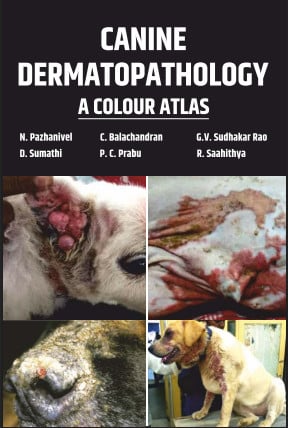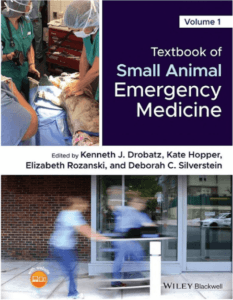
By Alberto Martin Cordero
Bacterial Skin Infections in Small Animals describes the most common bacterial skin infections affecting cats and dogs, their clinical presentation, and aetiological agents, besides offering practical techniques and advice for their identification and management using clear images, tables, and diagrams. It also facilitates veterinary surgeons with the tools to treat resistant infections and explains the latest developments in topical and systemic treatments.

Recommended Book:
Get This Book
This Book is Available For Premium Members Only













![Ettinger’s Textbook of Veterinary Internal Medicine 9th Edition [PDF+Videos] Ettinger’s Textbook of Veterinary Internal Medicine 9th Edition [True PDF+Videos]](https://www.vet-ebooks.com/wp-content/uploads/2024/10/ettingers-textbook-of-veterinary-internal-medicine-9th-edition-100x70.jpg)

![Textbook of Veterinary Diagnostic Radiology 8th Edition [PDF+Videos+Quizzes] Thrall’s Textbook of Veterinary Diagnostic Radiology, 8th edition PDF](https://www.vet-ebooks.com/wp-content/uploads/2019/09/textbook-of-veterinary-diagnostic-radiology-8th-edition-100x70.jpg)






